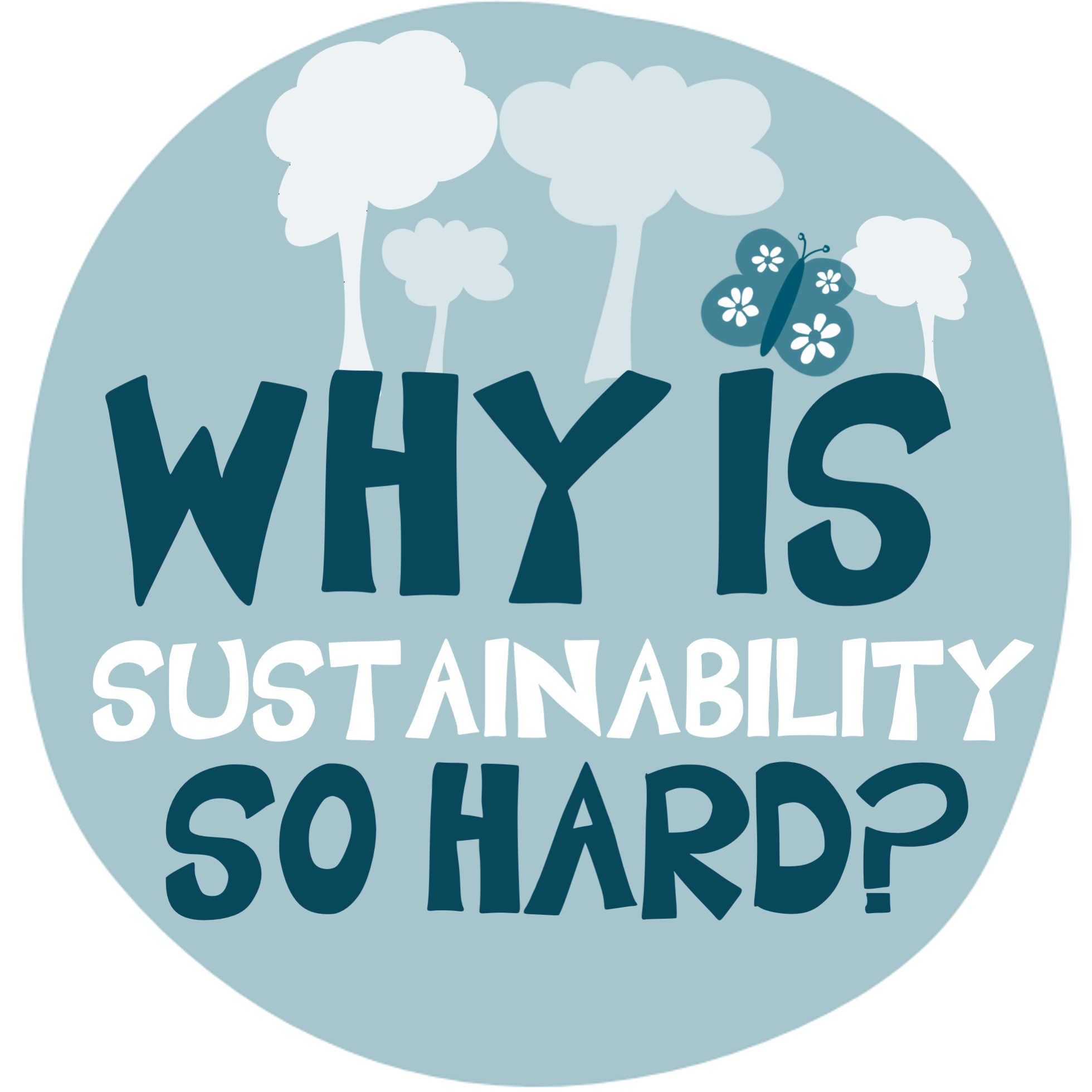Creativity, Community, Collaboration
changeXchange is a place where a transfer of knowledge, or energy, between people creates innovative solutions to change challenges.
How does the changeXchange work?
We collect problems to solve; where improvements are needed, or opportunities may exist, related to how we think about, or do ‘change’.
We ask the community what they have passion for.
We co-create, together as a group, or independently in our shared space to get to a solution, which is shared freely with the group.
How do you define ‘change’
‘Change’ is the shift in organisational behaviours, a place where there is a tangible difference between the from and the to.
Who takes part
Our community is broad, we appreciate and seek diversity of thinking. We love different perspectives.
Some of us are experienced change agents, some are starting out. Some are theoretical, others all about the practical. Some are change shapers, others are change makers, change leaders or change agents.
We share a common passion; changing organisations and making a difference.
It is the moment we come together and there is a transfer of knowledge that is special. Amazing things are created.
I am in, what next?
Signup to the changeXchange
Look out for our working sessions, typically held every 4-6 weeks, popping up in your diary.
Join our WhatsApp group to keep up to date. Your unique link is sent in your welcome email.
Follow changeXchange on LinkedIn
If you like to see the small print, then check it out here
What sort of problems do you solve?
We crowdsource the challenges that our community faces, prioritise them, then one by one, we work through them. Here are some examples:
The change superpowers we need for success: Link
How to disrupt a leader’s beliefs: Link
How to fix a toxic culture: Link
How to create empathy in organisations: Link
How to build a future-focused (virtual) culture: Link
The Future of Work: Link
How to keep a positive mindset: Link
Creating capacity in an uncertain world: Link
The benefits of change management: Link
Ask great questions, your new superpower: Link
Our Work in Progress includes
Disrupting our leaders beliefs about change
Creating change in a virtual world
Managing change fatigue
The role of trust and safety in change
changeXchange articles
Previous discussions
Before we adopted our brainstorming format, we hosted discussions. Here are some examples of what we discussed:
Breaking down vertical barriers: We often think of silo’s as cross-functional; horizontally in an organisation, but what about vertically, between levels? More specifically, the senior leaders, middle managers and the doers. Often referred to as the frozen middle, senior leaders become frustrated with their middle managers who they see as blockers and try to skip them.
The concept of Boss squared comes into play, where leadership influence is only effective over two levels; my boss and my bosses boss. Rather than be frustrated; invest the time in the middle managers to build their conviction.What elite change agents do: The skill of an elite change manager is in knowing, assessing and acting on the dynamics that surround an organisation and planned change. A model is emerging with the impact of the environmental factors (external, organisational and human) and the change itself (why, what and how).
The value we add: When a client hires us, they aren’t hiring a methodology or a team of people, they are hiring the individual. It is about trust and reputation; the rapport and belief that you will help them be successful, even though it may be uncomfortable at times. They expect or demand your honesty.
Trust is a magic pill: Wherever you look, trust is a common point of failure; lack of trust, broken trust. How do you approach trust; do you trust implicitly, until it is squandered, or do you have to earn it before you can be allowed into the circle of trust. Which is more effective? If implicitly, it can be lost immediately and quickly, Those that earn it can win and lose some along a scale without being all in or all out.
Relationships are key: Trust is something that happens between two parties and is closely related to the quality of the relationship. The Trust Triangle suggests three factors (Logic – Authenticity – Empathy). The Great Relationship looks at four factors (Respect – Positive Intent – Trust & Candour – Understanding & Empathy). The Trust model from Irrational Change takes this to another level (Empathy, Authenticity, Respect and Motive) with levels in each and a tool to help you assess.
Thriving in an uncertain world: Active use of scenario planning drives flexibility of thinking and adaptability. It gives our brains a dry run and helps build the models in our heads
Language is powerful: How an organisation thinks about the word ‘risk’ tells you much about their attitude and culture. Is ‘risk’ seen as negative, or a healthy factor in opportunities? A risk-adverse culture is likely to set in its way, less adaptable. What other power words signify the organisational behaviour?
Creating adaptability: The nirvana is to create an organisation which is both grounded but adaptable. Know what stabilises yet leaves flexibility; what is changing, what is not changing. Being in control, choice and predictability play a part
Leading in turbulent times: As leaders build the muscles to quickly make sense out of the turbulence and unexpected events so that you can lead your team in the right direction.
What motivates us: In our modern world, it is more than the traditional notion of ‘safety’. To achieve a feeling of being ‘secure’ here are four elements; Health & Wellbeing, Economic, Intellectual and Emotional. More on these to follow.
Purpose: The test of a leadership purpose is not what you *think* you should do, it was is evidenced by what you have done.
‘Change’ is a dirty word: Often misunderstood, with negative connotations and poor sentiment. Feels like a task to introduce an IT system or posters rather than the broader intent. Transformation
Traditional change management is dead: It works in a vacuum where the change is happening in isolation and with certainty, once uncertainty plays a part you have a need for Radical Transformation and sensing the environment, being adaptable to what you learn.
Think like an entrepreneur: If your change is optional, think like an entrepreneur in your approach; customer need, compelling stories, sales and marketing.







